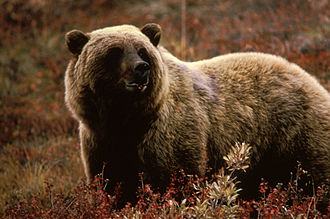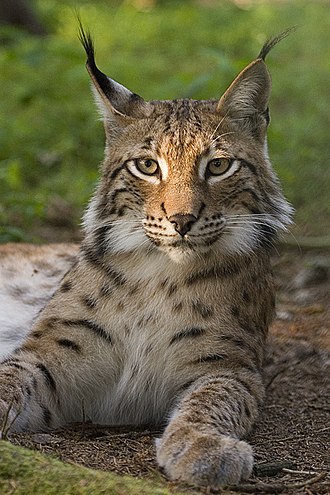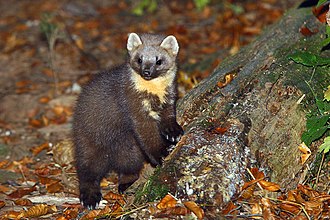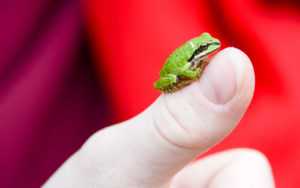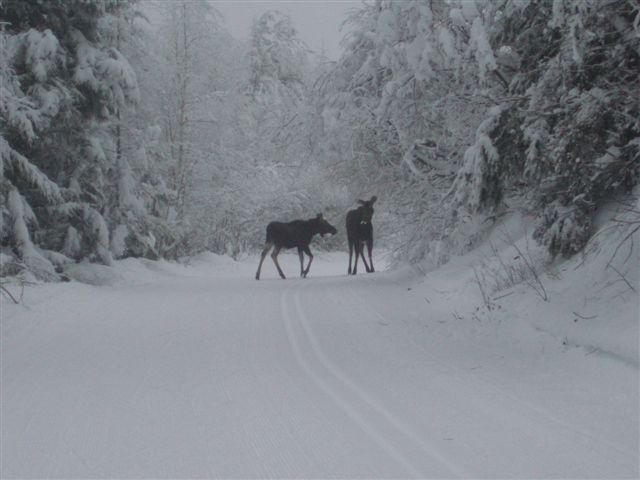 The Telemark Nordic Club encompasses just under 3000 acres (1364 hectares) located in mixed forest, and is surrounded by crown land. The chalet is located at 1000 meters (3300 feet) elevation, with the highest trails located at 1280 meters (4200 feet) of elevation. The diverse geography with streams, wetlands, forests and grassland is a sanctuary for many animal species.
The Telemark Nordic Club encompasses just under 3000 acres (1364 hectares) located in mixed forest, and is surrounded by crown land. The chalet is located at 1000 meters (3300 feet) elevation, with the highest trails located at 1280 meters (4200 feet) of elevation. The diverse geography with streams, wetlands, forests and grassland is a sanctuary for many animal species.
The reason for the higher than normal animal density is the 112 kilometers of maintained trails are easier for animals to travel in winter, than thick forest, with deep snow. Carnivores follow what can be their prey onto the trail system. Also, there is water and food for most animals. Rather than seeing the animal in winter, you will often see animals tracks in the snow.
There are many species of animals that can be seen on the trails, or in the surrounding forests. Some, like moose or mule dear, are more common than elk or grizzly bear. Some animals can be seen all year around, and some are less common in the winter, such as the black bear. This is because some mammals are hibernating during the ski season. The best time of the day to see wildlife during the winter is earlier in the day, as animals walk the trails at night, and start to leave the trails when skiers and snowshoers arrive.
Below is a list of animals that live at Telemark and how their tracks look in the snow.

